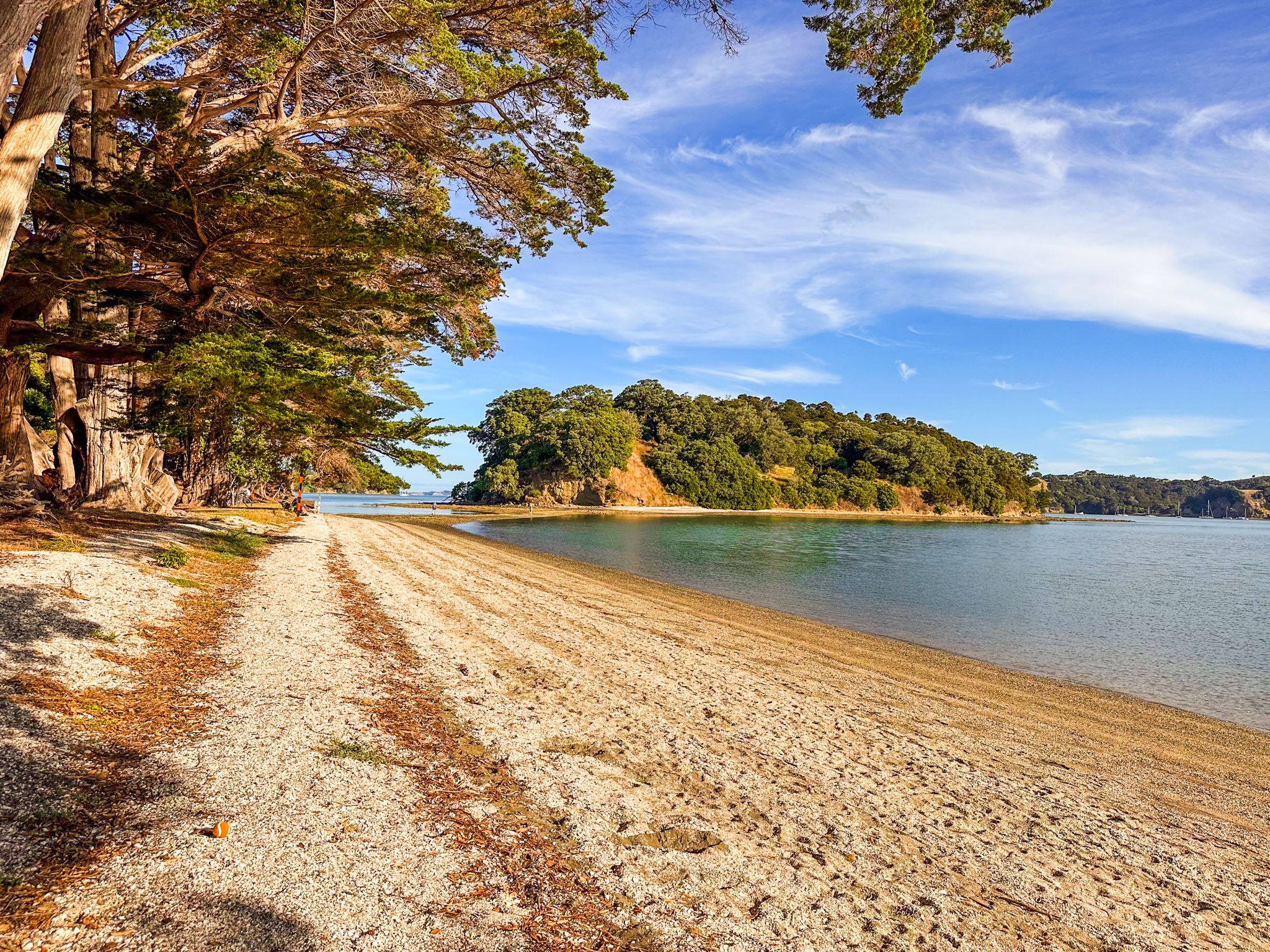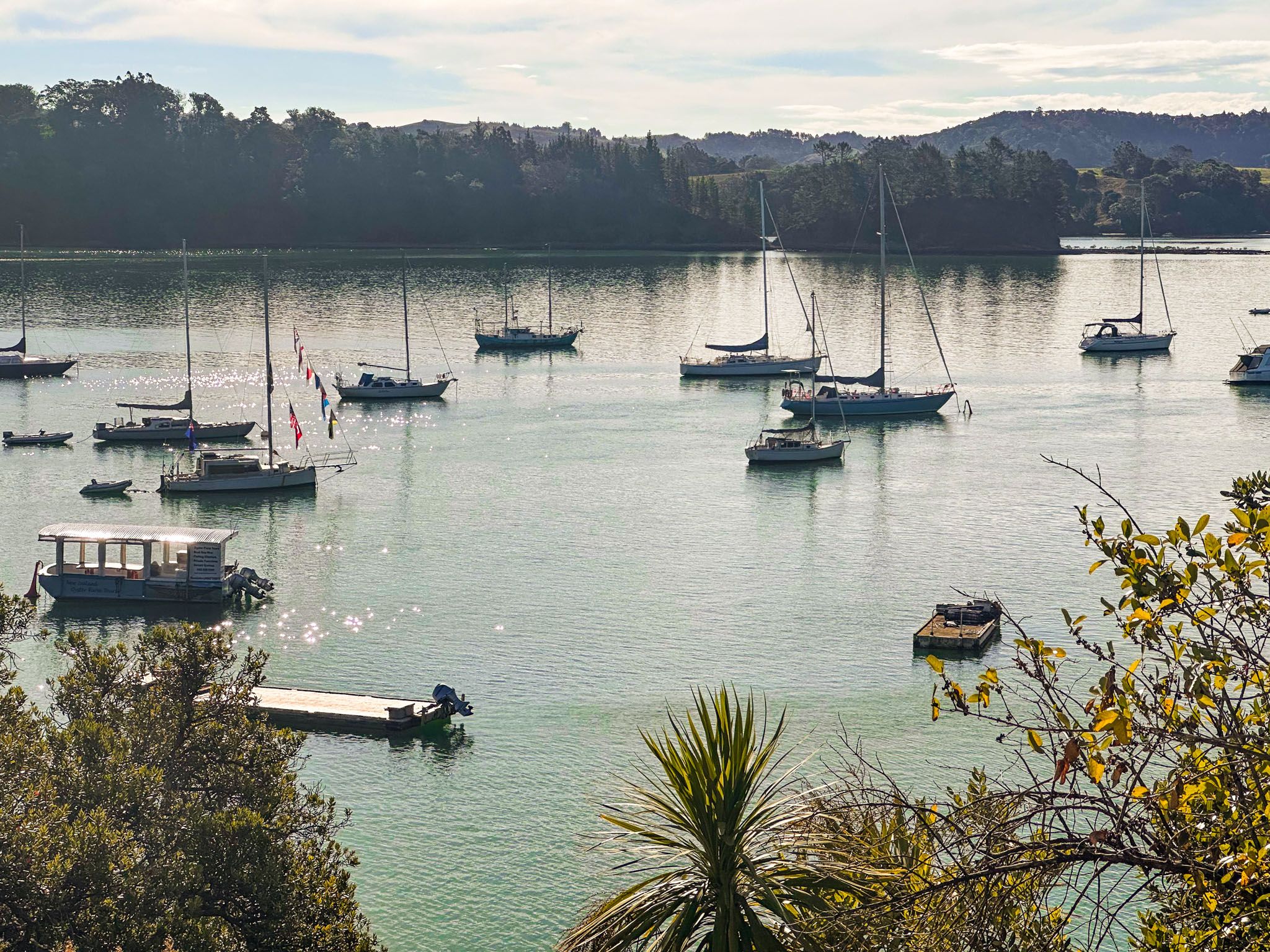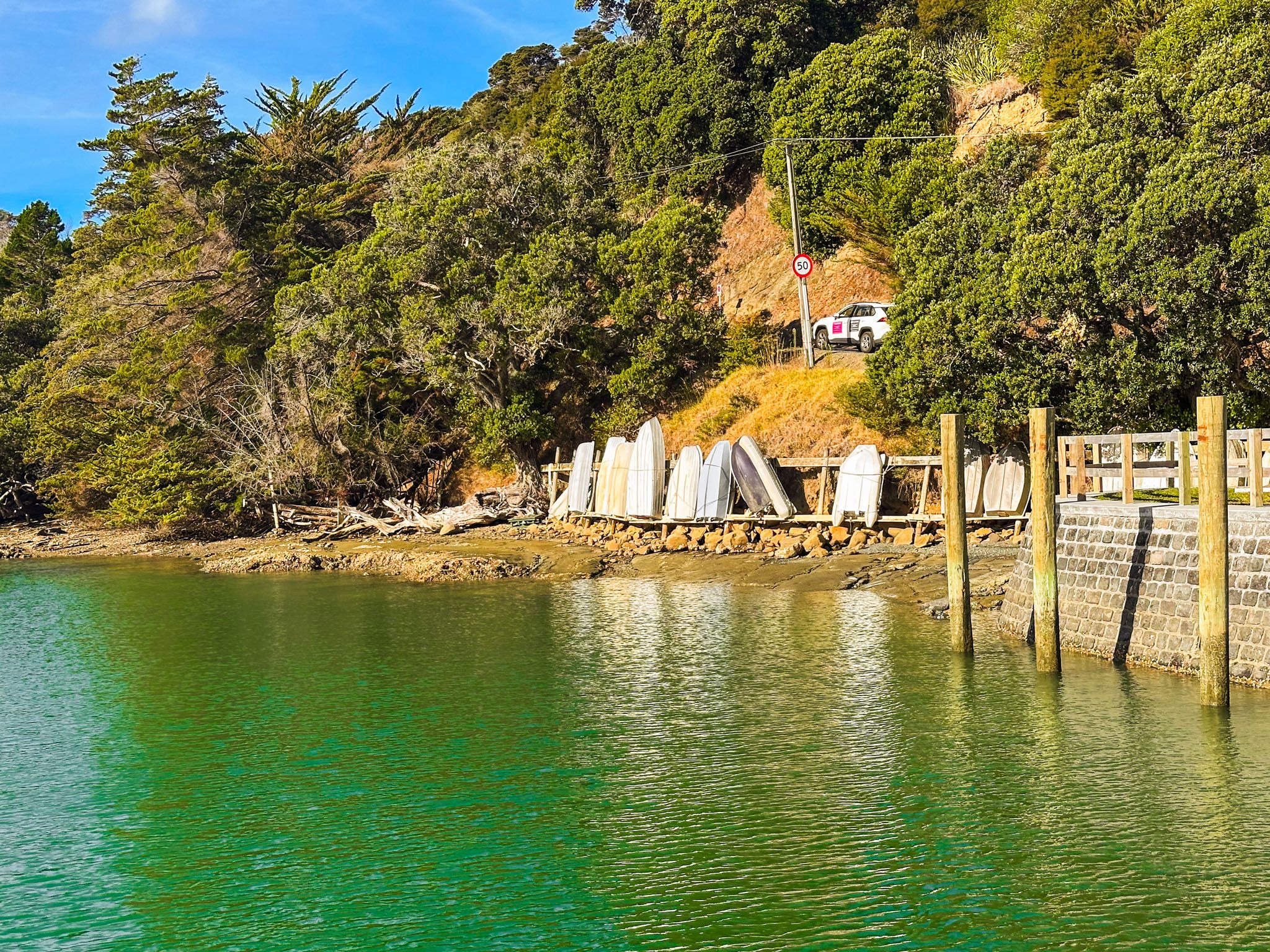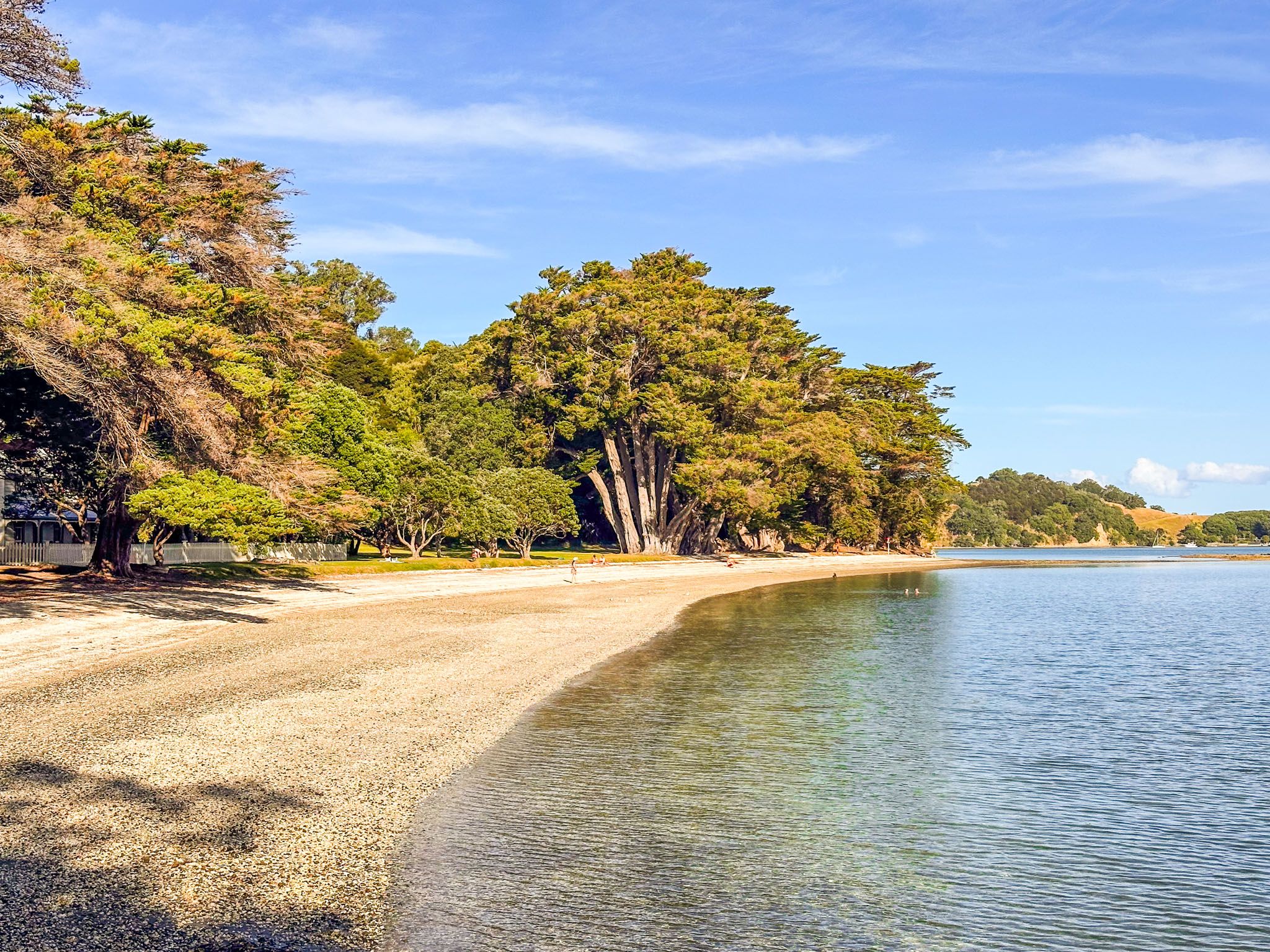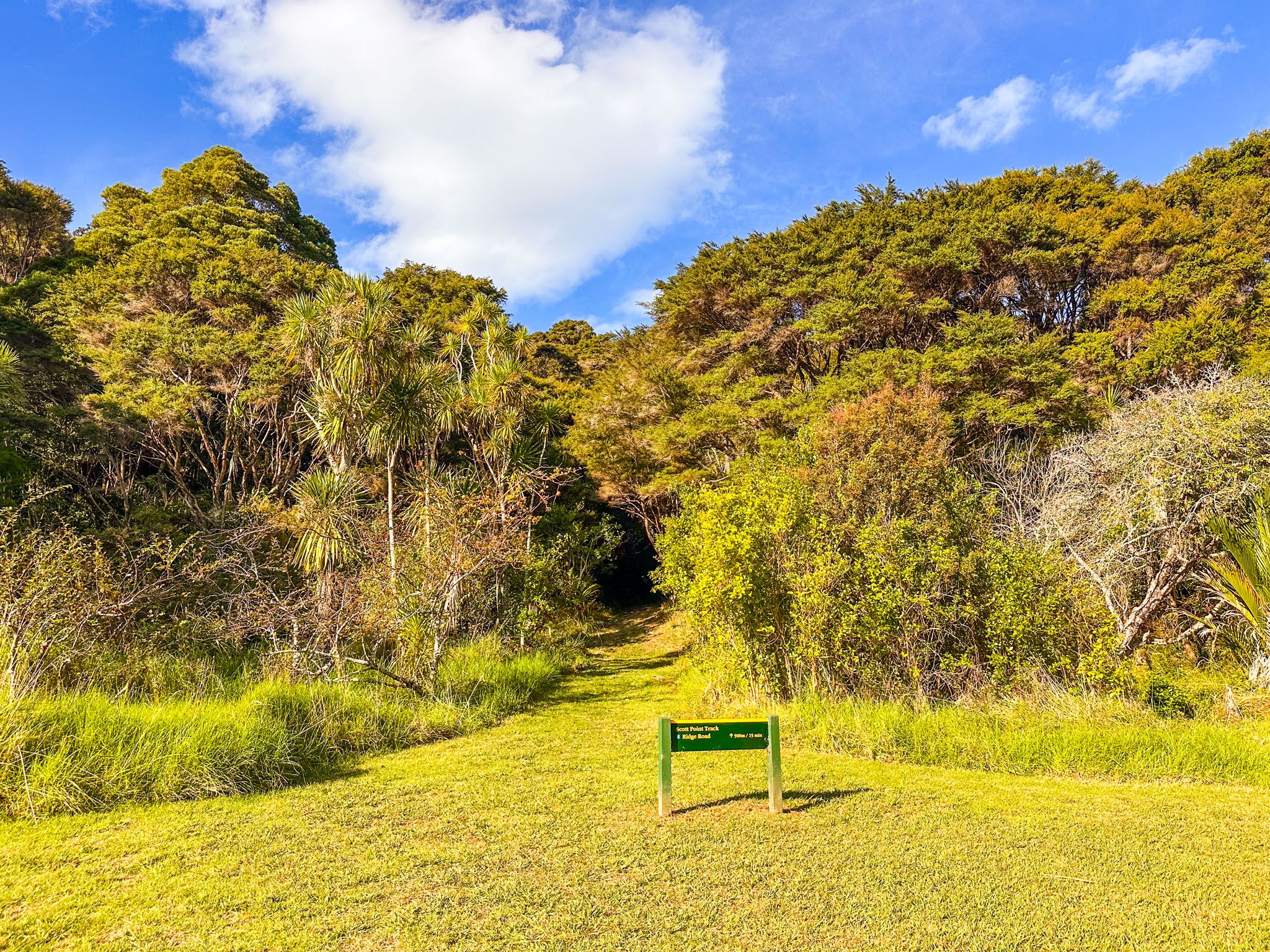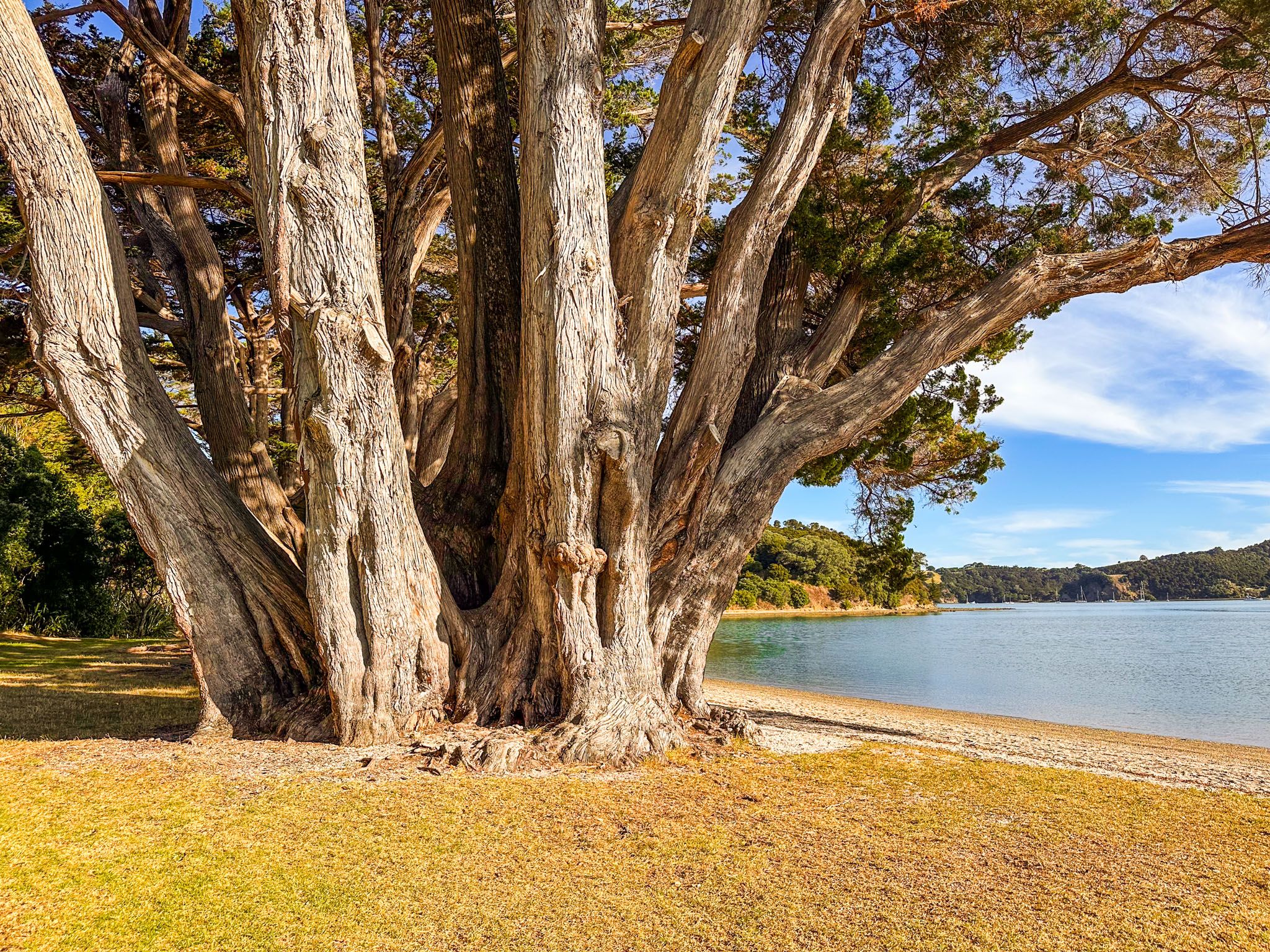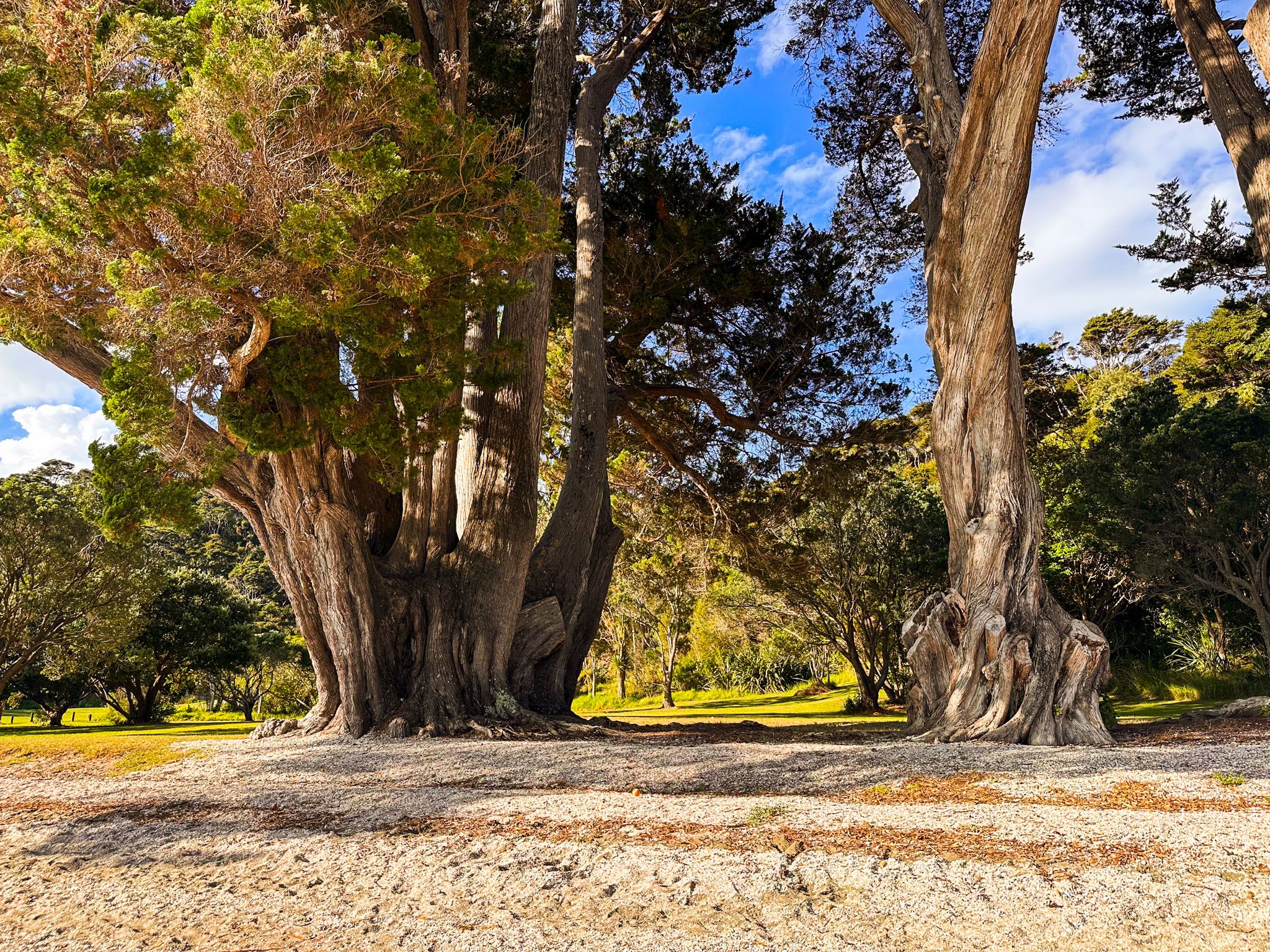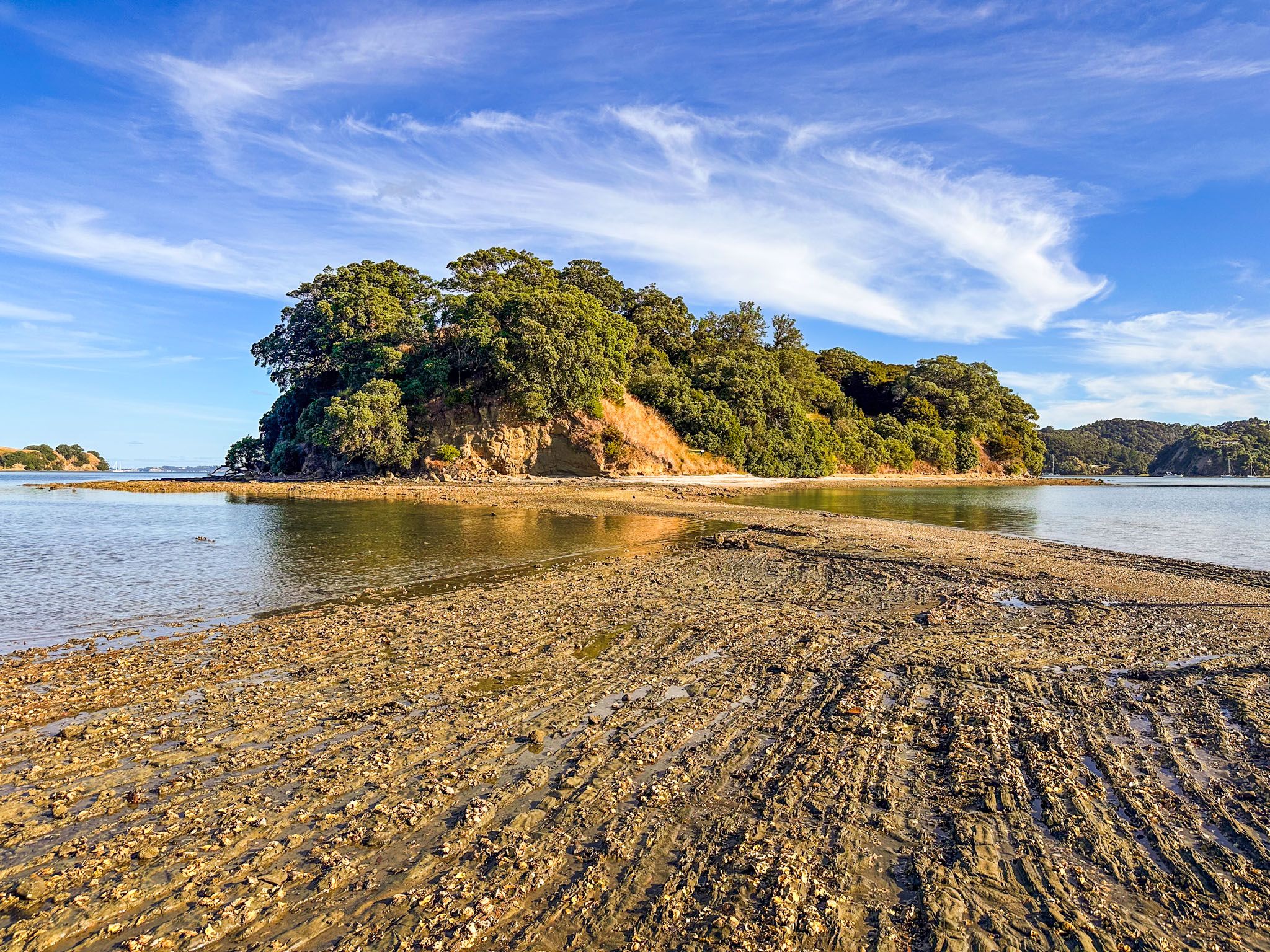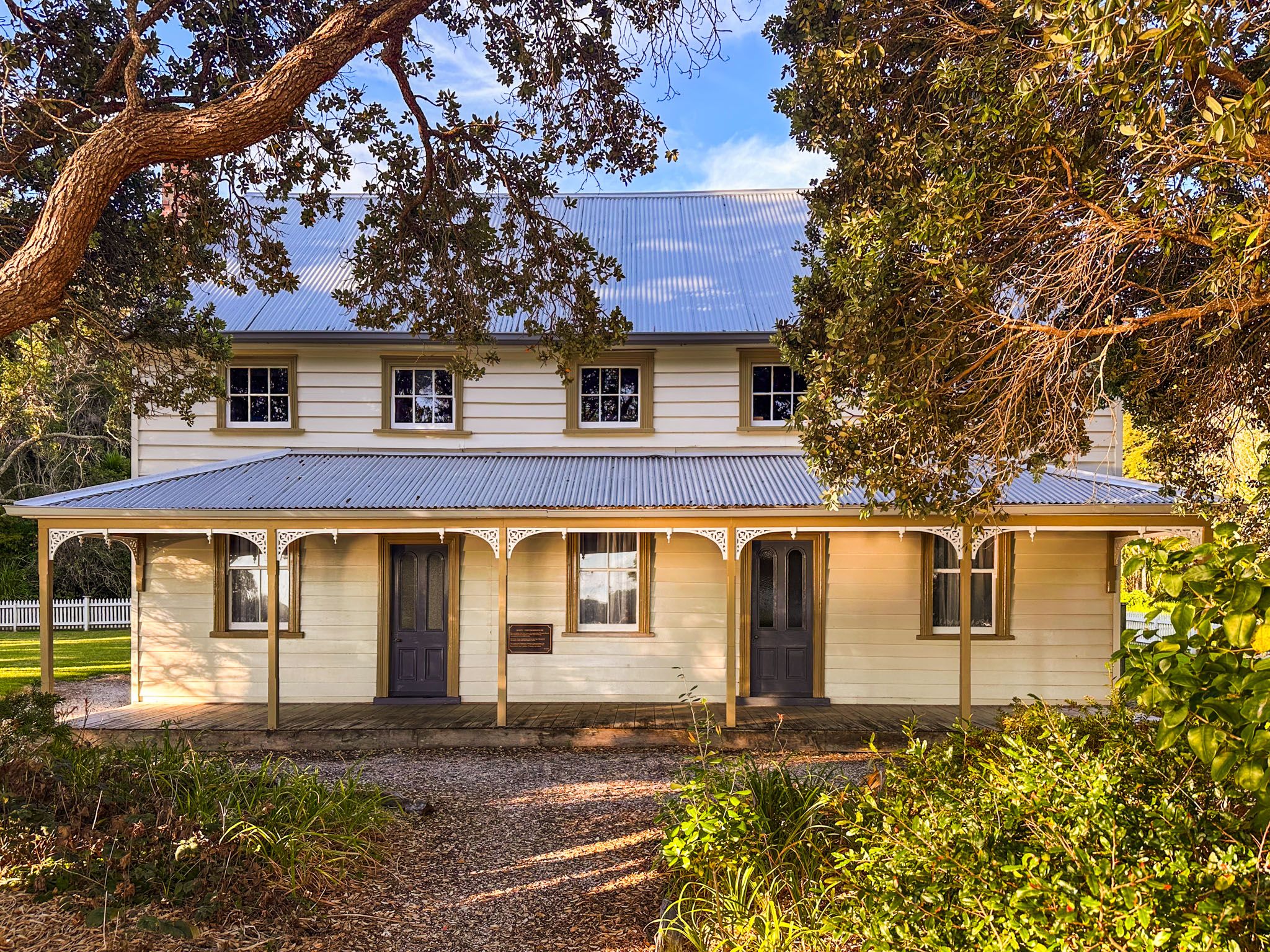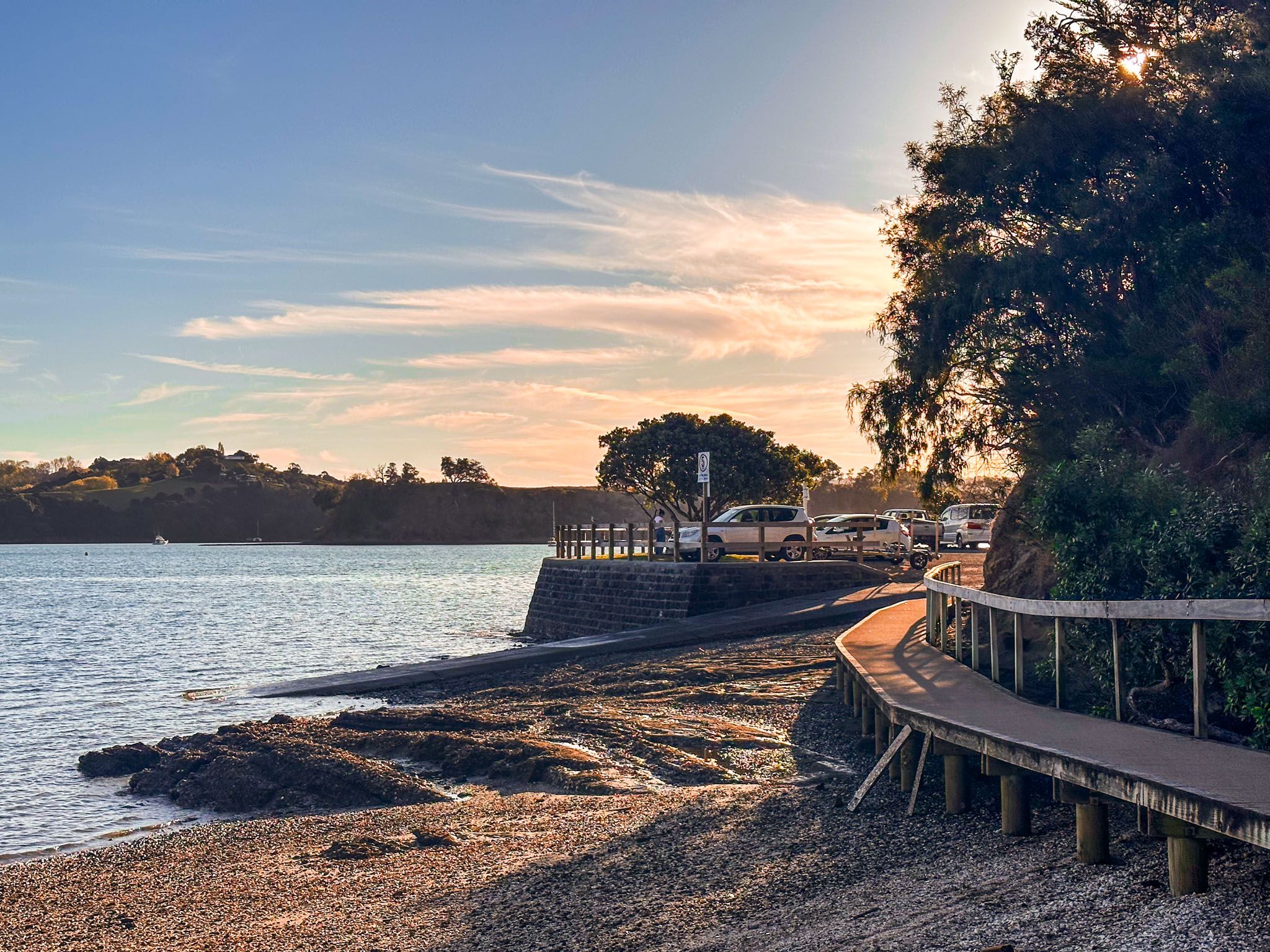Discovering Scotts Landing
Scotts Landing is a picturesque community located at the southern tip of a narrow land strip extending from the Mahurangi Peninsula in Auckland. Located between Mahurangi Harbour to the west and Te Kapa River to the east, Scotts Landing is both picturesque and of historical significance. At the tip of Scotts Landing, you will discover a lesser-known part of Mahurangi Regional Park.
Exploring the Regional Park and Beach
The small, disconnected section of Mahurangi Regional Park features the historic Scott Homestead and a beautiful beach, accessible via a short boardwalk from the wharf. A longer track through regrowth forest leads back to the road. The beach is ideal for safe swimming, and during low tide, it's a short walk to nearby Casnell Island. The island, managed by the Department of Conservation, can be accessed via an unmarked path along its west side.
Historical Significance
Scotts Landing played a significant role in the early European settlement of Auckland. Originally established as the village of Mahurangi, the area was a hub for timber transit. In 1852, Thomas Scott, a shipbuilder, constructed the first Scott homestead. Although the original inn and house burned down in the 1870s, Thomas Scott (junior) built the Georgian house that still stands today in 1877. The Scott family provided accommodation for visitors to the Waiwera hot springs and hosted the Mahurangi regatta, a major summer event. The homestead was eventually purchased by Auckland City for Mahurangi Regional Park in 1971 and restored by volunteers.
Visiting the Scott Homestead
While the Scott Homestead itself is not open to the public, you can enjoy walking around its grounds and garden. Although camping is not permitted in the park, nearby Baileys Cottage is available as a holiday rental.
How to Get to Scotts Landing
To reach Scotts Landing, take Ridge Road from Mahurangi East Road, south of Snells Beach. The road follows a ridge, offering stunning views of the green, rugged peninsula and Mahurangi Harbour.
While you are exploring the Mahurangi Peninsula, check out Sandspit, Scandrett Regional Park and Martins Bay.
